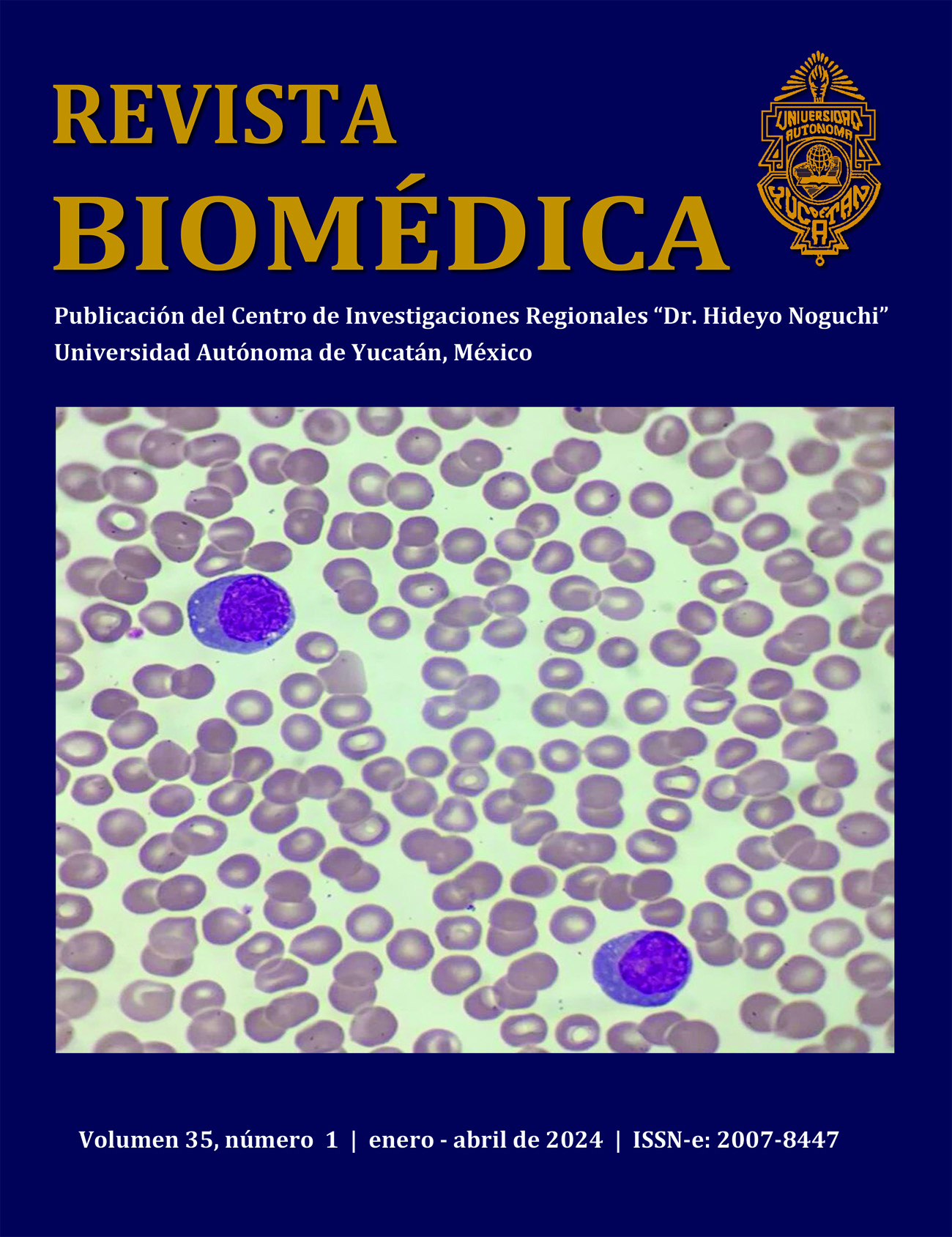Linfangioleiomiomatosis. No olvidar la importancia del neumotórax como expresión clínica inicial
Resumen
La linfangioleiomiomatosis (LAM) pulmonar es una enfermedad quística difusa de baja prevalencia que afecta a las mujeres entre la 3ª y 5ª décadas de vida. Dentro de las manifestaciones clínicas más comunes se encuentra la disnea progresiva, neumotórax espontáneo (NE) recurrente y el quilotórax. El diagnóstico de LAM se realiza en raras ocasiones durante el abordaje diagnóstico de un NE recurrente, debido a su baja frecuencia de presentación como expresión inicial de la enfermedad.
Presentamos el caso de una mujer de la 5ª década de vida con antecedente de dos eventos de NE y disnea progresiva de 4 años de evolución que fue sometida a múltiples intervenciones quirúrgicas (colocación de sondas pleurales) como manejo del NE recurrente, no obstante, sin una conclusión etiológica. Fue referida a nuestro hospital con el diagnóstico de fístula broncopleural. En el abordaje inicial, una tomografía axial computarizada de alta resolución (TACAR) de tórax evidenció múltiples imágenes quísticas heterogéneas en el parénquima pulmonar y confirmó la presencia de neumotórax bilateral. El análisis histopatológico del tejido pulmonar obtenido mediante cirugía video-asistida del tórax (VATS) confirmó el diagnóstico de LAM pulmonar.
Referencias
Henske EP, McCormack FX. Lymphangioleiomyomatosis a wolf in sheep’s clothing. J Clin Invest. 2012 Nov; 122(11): 3807-16. doi:10.1172/JCI58709.
American Thoracic Society, European Respiratory Society. International multidisciplinary consensus classification of the idiopathic interstitial pneumonias. Am J Respir Crit Care Med. 2002 Jan; 165(2):277-304. doi: 10.1164/ajrccm.165.2.ats01.
McCormack FX. Lymphangioleiomyomatosis: a clinical update. Chest. 2008 Feb; 133(2):507-16. doi: 10.1378/chest.07-0898.
Torre O, Elia D, Caminati A, Harari S. New insights in lymphangioleiomyomatosis and pulmonary Langerhans cell histiocytosis. Eur Respir Rev. 2017 Sep; 26: 170042. doi: 10.1183/16000617.0042-2017.
Harknett EC, Chang WYC, Byrnes S, Johnson J, Lazor R, Cohen MM, et al. Use of variability in national and regional data to estimate the prevalence of lymphangioleiomyomatosis. QJM 2011 Nov; 104(11):971-9. doi: 10.1093/qjmed/hcr116.
Mavroudi M, Zarogoulidis P, Katsikogiannis N, Tsakiridis K, Huang H, Sakkas A, et al. Lymphangioleiomyomatosis: current and future. J Thorac Dis. 2013 Feb;5(1): 74-9. doi: 10.3978/j.issn.2072-1439.2013.01.03.
Taveira-DaSilva AM, Moss J. Clinical features, epidemiology, and therapy of lymphangioleiomyomatosis. Clin Epidemiol. 2015 Apr; 2015: 249-57. doi: 10.2147/CLEP.S50780.
Meraj R, Wikenheiser-Brokamp KA, Young LR, McCormack FX. Lymphangioleiomyomatosis: new concepts in pathogenesis, diagnosis, and treatment. Semin Respir Crit Care Med. 2012 Oct; 33(5): 486-97. doi:10.1055/s-0032-1325159.
MacDuff A, Arnold A, Harvey J, on behalf of the BTS Pleural Disease Guideline Group. Management of spontaneous pneumothorax: British Thoracic Society pleural disease guideline 2010. Thorax. 2010 Aug;65(Suppl 2): ii18-31. doi:10.1136/thx.2010.136986.
Akcam TI, Kavurmaci O, Ergonul AG, Aydin S, Turhan K, Cakan A, et. al. Analysis of the patients with simultaneous bilateral spontaneous pneumothorax. Clin Respir J. 2018 Mar; 12(3):1207-11. doi: 10.1111/crj.12652.
Huang TW, Cheng YL, Tzao C, Hung C, Hsu HH, Chen JC, et. al. Factors related to primary bilateral spontaneous pneumothorax. Thorac Cardiov Surg 2007; 55(5): 310-2. doi: 10.1055/s-2007-964902.
Young LR, Almoosa KF, Pollock-Barziv S, Coutinho M, McCormack FX, San SA. Patient perspectives on management of pneumothorax in lymphangioleiomyomatosis. Chest. 2006 May; 129(5):1267-73. doi: 10.1378/chest.129.5.1267.
McCormack FX, Gupta N, Finlay GR, Young LR, Taveira-DaSilva AM, Glasgow CG, et. al. Official American Thoracic Society/Japanese Respiratory Society Clinical Practice guidelines: Lymphangioleiomyomatosis diagnosis and management. Am J Respir Crit Care Med. 2016 Sep; 194(6): 748-61. doi: 10.1164/rccm.201607-1384ST.
Hayashida M, Seyama K, Inoue Y, Fujimoto K, Kubo K. The epidemiology of lymphangioleiomyomatosis in Japan: a nationwide cross-sectional study of presenting features and prognostic factors. Respirology. 2007 Jul;12(4):523-30. doi: 10.1111/j.1440-1843.2007.01101.x.
Enlaces refback
- No hay ningún enlace refback.













